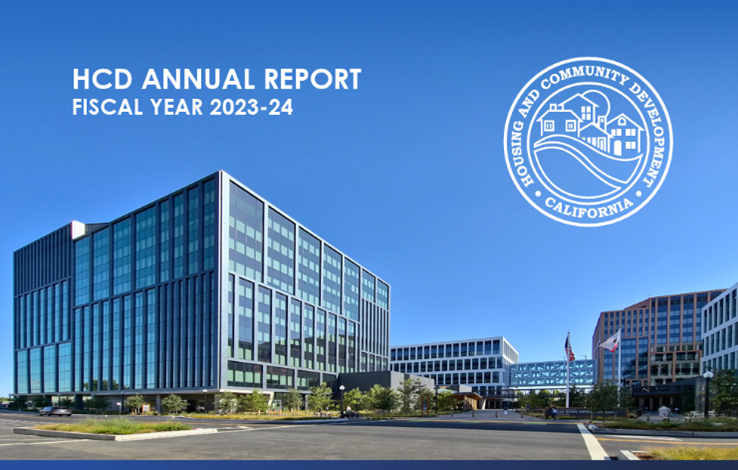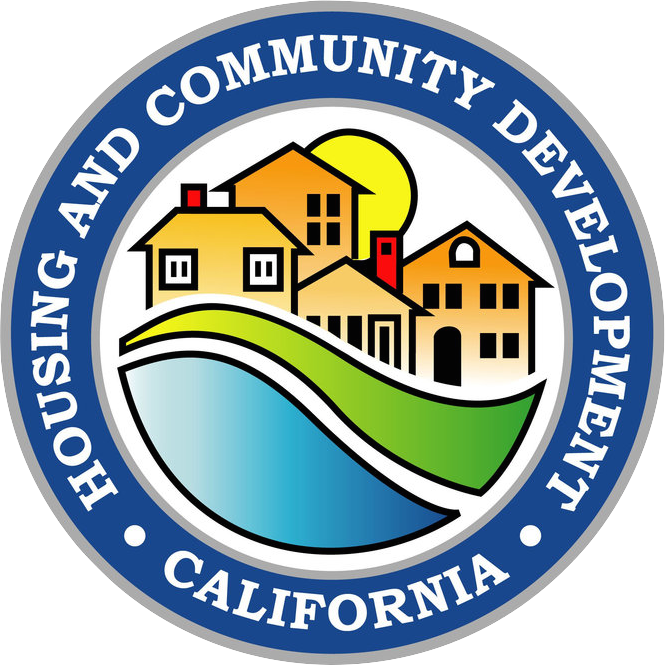HCD issues plans and reports, in addition to those that are federally and state-mandated, to educate all Californians on housing policy topics and to promote a more affordable and equitable housing landscape throughout the state.

Includes plans and reports submitted to HUD including Consolidated Plans, Annual Action Plans, Consolidated Annual Performance Evaluation Reports and Citizenship Plans.
HCD Annual Report
Fiscal year July 1, 2023-June 30, 2024 Highlights the accomplishments of HCD's dedicated, mission-driven team, and the progress and improvements that raised the bar to better serve California and communities throughout the state.

California's Statewide Housing Plan
A Home For Every Californian – The 2022 interactive plan lays out a vision to ensure every Californian has a safe, stable, and affordable home.


